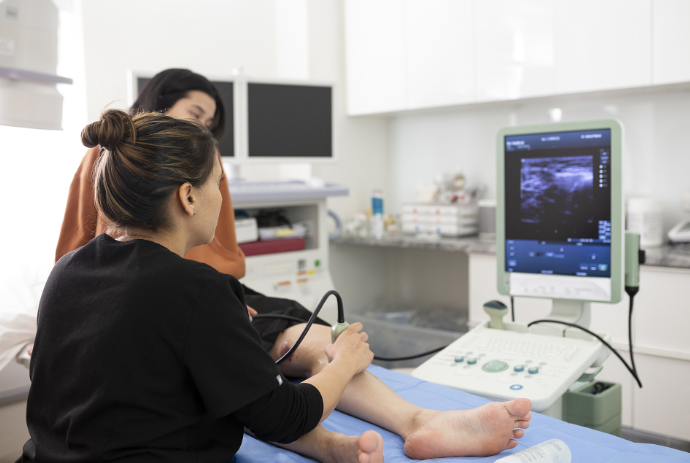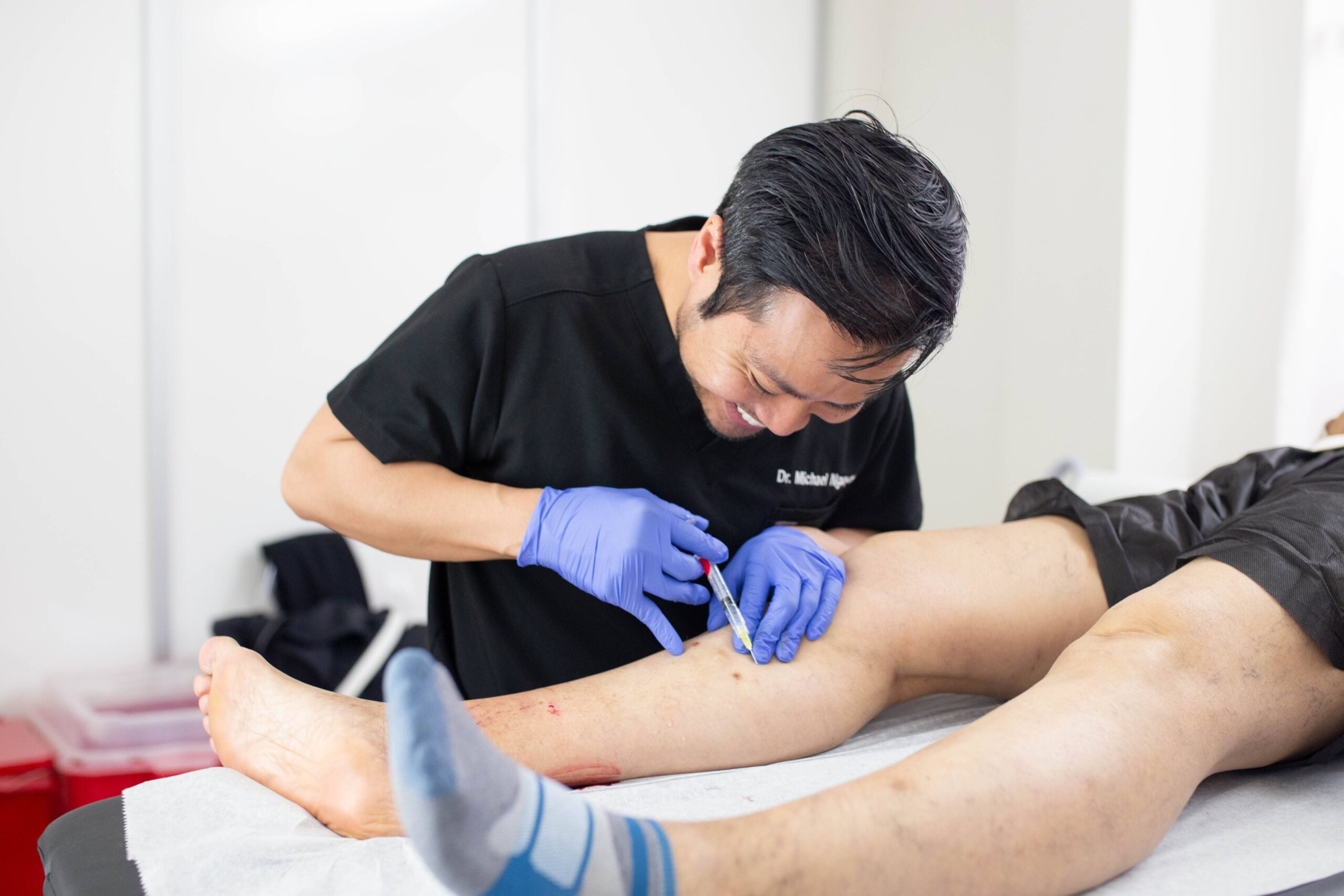What Is Sclerotherapy And How Does Sclerotherapy Work?
A medical procedure called Sclerotherapy is used to treat spider and varicose veins, which are typically found on the legs. Your doctor will inject a specific solution into your spider or varicose vein using a needle. The lining of your blood vessels becomes irritated by this chemical solution, which causes it to swell, adhere, and leave a scar. Your vein is sealed off, improving both its appearance and sensation. However, choosing the best vein clinic and treatment might be demanding. You will know what is a vein clinic is, guide the strategy, and make an advised choice for your varicose vein therapy with the help of this article.
Sclerotherapy: Below are some treatments involving Sclerotherapy
Sclerotherapy with foam
As the name implies, foam sclerotherapy is a process in which a sclerosant is combined with oxygen or other gases to form a foam. The foam treatment is a good alternative for some varicose veins because it may cover a more extensive region than liquid sclerosant.

Sclerotherapy with liquid
Spider and smaller feeder veins are the most suitable candidates for liquid Sclerotherapy. A sclerosant solution—specifically, sodium tetradecyl sulphate or ethoxysklerol—is injected into it to irritate and close the vein. However, because liquid sclerosant cannot cover enough surface area to produce a venous seal effectively, it is not the best treatment for varicose veins.
ClariVein
Although ClariVein is legally considered a stand-alone treatment, it does require sclerosant. ClariVein is a specialized catheter that can administer sclerosant further into the varicose vein. It has a spinning tip.
For varicose veins, how successful are sclerosing veins?
The efficacy of Sclerotherapy is dependent on the vein's diameter. It works well on smaller varicose veins and thin veins such as spider veins.
50–80% of smaller varicose veins should disappear after a sclerotherapy session (note that Sclerotherapy frequently requires two or more treatments). Additionally, treatments for varicose veins using ClariVein and foam sclerotherapy typically have a better success rate. Though you won't see benefits immediately, you should notice a difference about six weeks after the treatment.
Potential dangers and adverse consequences
During Sclerotherapy, you can feel a slight burning, stinging, or cramping in the injected vein. Additionally, the process may cause pain, mainly if a sclerosing agent leak affects nearby tissues.
Sclerotherapy's side effects include bruises, welts, swelling, skin discolouration, soreness, and elevated red patches surrounding the injection sites.

What occurs following a session of Sclerotherapy?
To be sure you don't have an adverse reaction to the injected material, your provider might advise you to lie down for around fifteen minutes after your treatment. Your healthcare physician may recommend heavy compression stockings instead of department store-purchased support pantyhose.
Concluding the Matter
Although having varicose veins can be difficult, many patients find Sclerotherapy compelling. Discussing your choices with your Physician will enable you to determine whether Sclerotherapy is the best course for you.
Although Having Varicose Veins Can Be Difficult, Many Patients find that Sclerotherapy is effective. Discussing your Choices with your Physician will enable you to determine whether Sclerotherapy is the best course for you. If you need to know what is a vein doctor called, phlebologists or vascular surgeons are the vein experts who can effectively treat your varicose vein.
Comments
Post a Comment